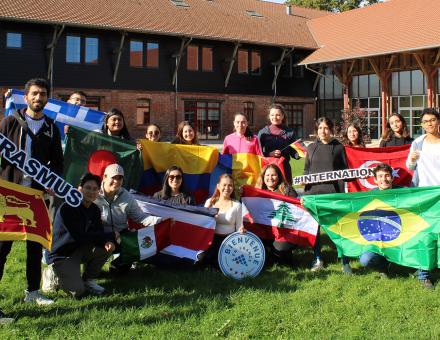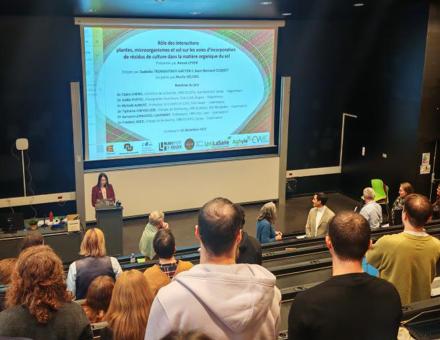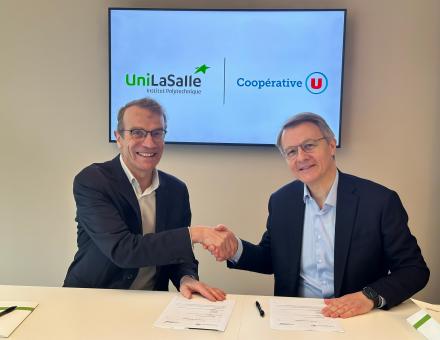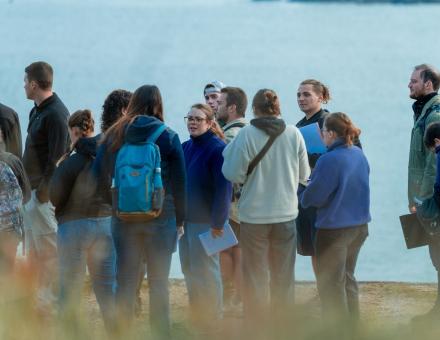Messika Revel, teacher-researcher in ecotoxicology and member of the Rennes-based research unit Cyclann, answered the question "Why and how to save the oceans?" during the 4th open science conference of the year, 13H ConSci.
At the beginning of the 20th century, states began to divide the ocean into zones to establish perimeters for the exploitation of marine resources. Scientists and associations have been warning for many years about the impact of human activities on the ocean, even though the ocean is an important ally in the fight against climate change.
Why protect the ocean?
The ocean occupies more than 70% of the earth's surface and feeds the cycle that allows the renewal of the continents' supply of fresh water. It plays an important role as the globe's thermostat because it stores and transfers heat from the equator to the poles. The ocean is also responsible for the annual absorption of 26% of CO₂ emissions into the atmosphere and the production of 50% of the oxygen we breathe!
Coastal marine ecosystems also provide many services such as:
- carbon sequestration in leaves, roots and sediments (seagrass beds, mangroves, salt marshes) and
- protection against rising sea levels or violent storms (coral reefs).
In addition, marine biodiversity, which is still poorly understood (250,000 known species out of a potential 10 million!), provides numerous services to humans, such as food. For example, mangroves could feed 210 million people. Marine biodiversity also allows an improvement of water quality and a protection against extreme meteorological phenomena.
Finally, tourism, recreational activities and the discovery of molecules for pharmacopoeia (25,000 currently) are also important services necessary for good human health.
Threats to the ocean
Various threats are directly related to anthropogenic activities.
While the ocean is capable of fixing atmospheric CO₂, too much of this gas leads to acidification of the environment. This will alter the shell formation of organisms, which will become smaller or less solid.
- Pollution resulting from industrial and agricultural discharges, plastic waste or wastewater from rivers, harbors or runoff via soil and freshwater, leads to the discharge of a cocktail of chemical pollutants into the marine environment. Among them, plastic waste (fishing nets, food packaging) is responsible for the strangulation of marine animals and will fragment into microplastics (>5mm). This leads to the dispersion of invasive species attached to it but also to the diffusion of chemical additives such as metals or endocrine disruptors.
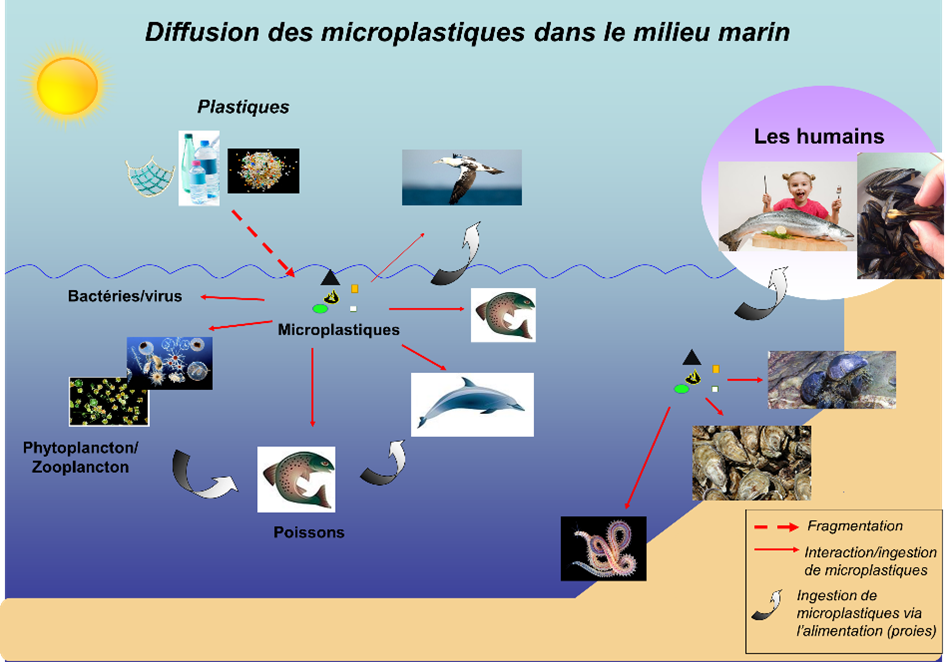
Diffusion of microplastics in the marine environment and to humans - Another major threat is overfishing. The development of larger and more sophisticated boats has made it possible to catch an increasing number of fish at depths that are easier to explore. Despite this, the number of fish caught is stagnating at around 100 million ... A sign that the populations no longer have time to renew themselves! Deep-sea trawling is particularly problematic because it is non-selective and likely to destroy habitats that are still poorly understood.
In order to fight against overfishing on a personal level, it is necessary to be informed and to consume organisms that are not threatened. Products from sustainable fishing or environmentally friendly breeding without chemicals are to be favored.
Limiting pollution means reducing the use of chemical products in general as well as plastic waste (favor bulk and glass or stainless steel containers), sorting waste correctly at home AND on vacation. For the summer, also think about using sunscreen creams that respect the corals.
There is undeniable work to be done by governments, especially by increasing the proportion of marine protected areas with a strong level of protection. Thus, a reasonable exploitation would allow to preserve the resources. Nevertheless, everyone must be informed and can also get involved and raise awareness among their entourage to participate in the protection of these ecosystems.
To go further :
- Understanding the oceans, article written by IFREMER
- Marine biodiversity and marine ecosystems for the health of the planet and of humans, United Nations website
- Fishing, pollution, global warming, how to save the ocean, article by The Conversation
- Surfrider Foundation website



